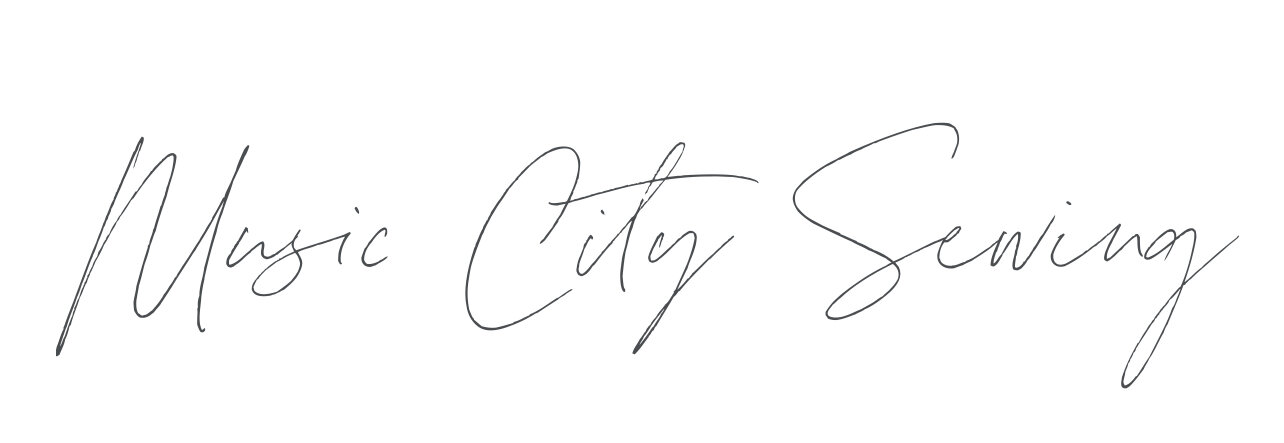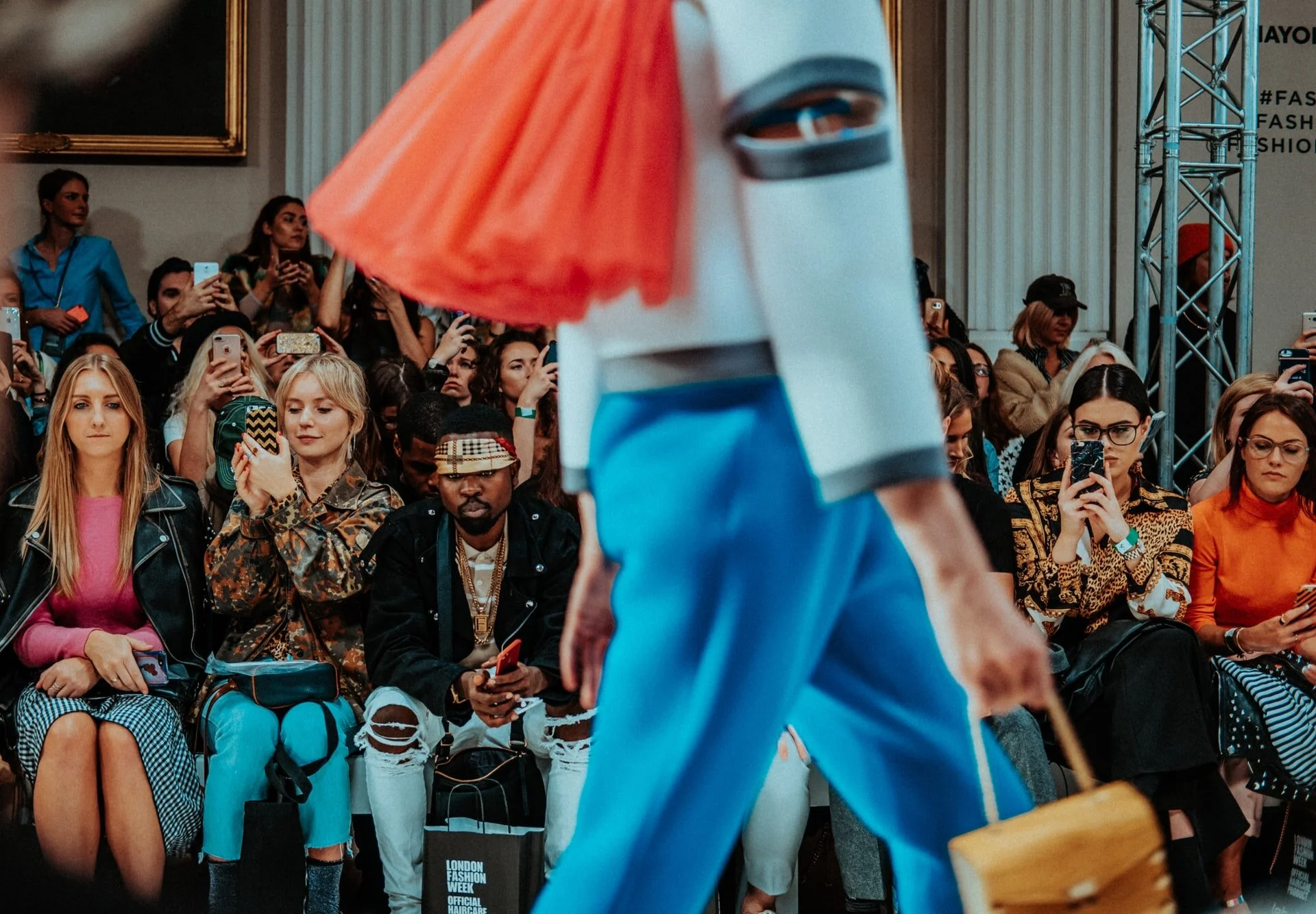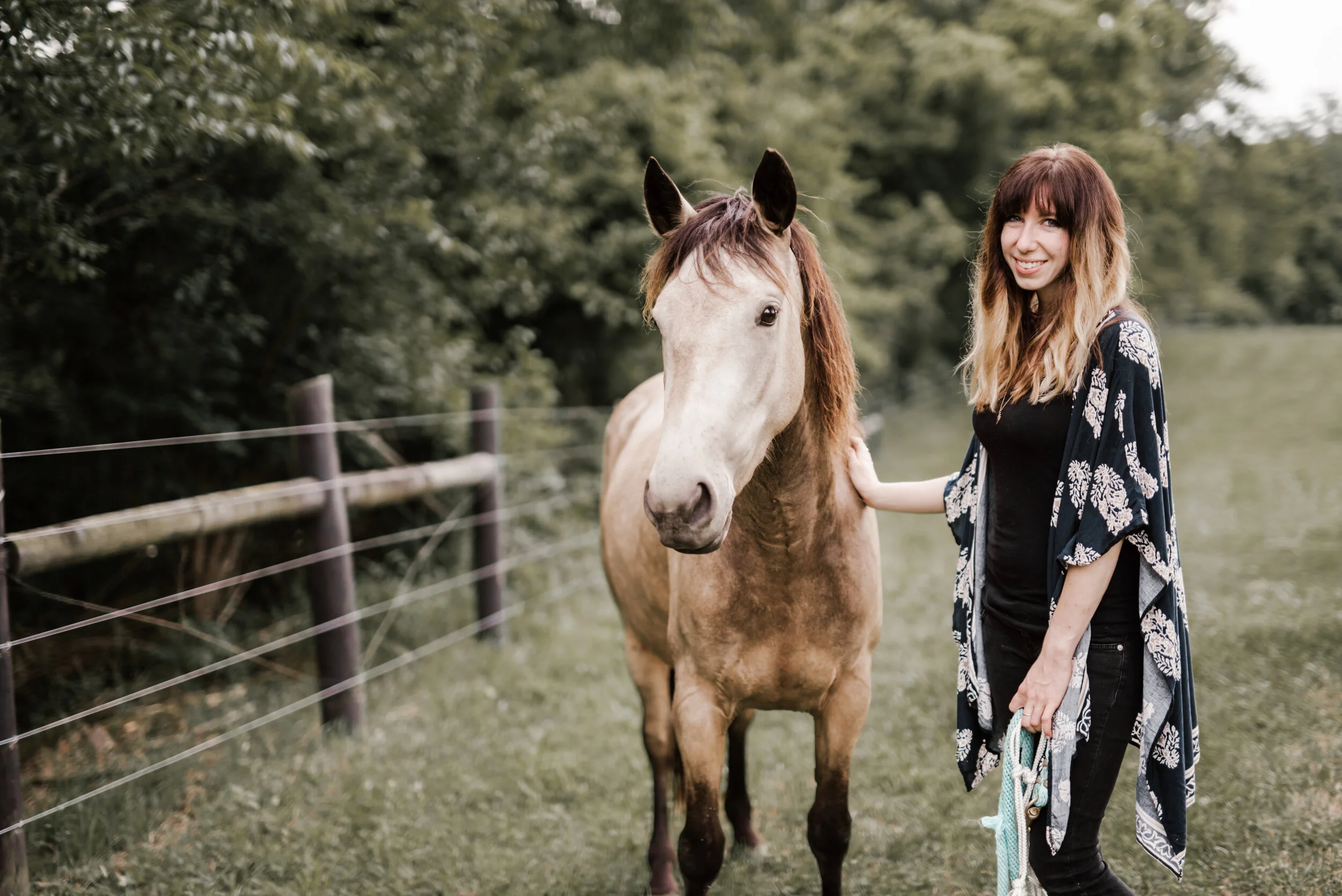The real reasons your clothing label isn’t as successful as you’d hoped
I talk to boutique designers and owners of small fashion labels on a regular basis. Conversations start to all look the same, and patterns in their branding behaviors begin to emerge.
The most common painpoint always points back to the friction they experience in getting the right customers in the door.
They’re making a great product, but things just aren’t clicking with the sales numbers. Everyone can relate (as they repeat the same behaviors), and oftentimes they even learn bad branding/marketing behaviors from each other.
They all experience the same pain, and band together to form a well-tailored echo chamber, but fail to realize in doing so that it causes them to go blind to simple mistakes branding->marketing mistakes they’re making.
So what’s the mistake?
I see three that are all too common.
#1. We tend to brand our products in a way that appeals to us, without ever considering the fact that it doesn’t appeal to our ideal client.
If I wanted my own company to appeal to me, it would be branded in a way that appealed to pastel-loving bohemian chicks who write in cursive, love a good hat, and wear feather earrings.
But the truth is, Music City Sewing makes more money each year off tattooed guys who drive trucks, and I have to be okay with that. Because the intention behind my business comes from the heart of service and impact, not sameness, or forming a tribe. (I won’t go into the micro-caveat of building a brand following around a product vs. providing a service that excels at one particular avatar here).
In building this particular business, my intention isn’t finding more people like me. My intention is forming stability, freedom, and profitability - and the services we offer just happen to serve & impact the tattooed guys in trucks best. Which means, no cutesy cursive fonts, pastels, or gold embossed lettering.
If you happen to operate under a brand you love, that’s fantastic - my only concern is that it’s easy to become too attached and therefore narrow-minded to goal oriented oversights. It was a conscious decision to build a brand I didn’t love - it was actually the best thing I ever did for it. It allowed me to remain objective when the decisions I have to make for it hit a little too close to home, and that distance between my personal branding and my business’s branding allows me to think through my marketing strategy clearly.
So what does this have to do with boutique designers wanting to design their own line?
The key to being irresistible to the customers you want to reach is straightforward:
Your brand should be the answer to their problem - in a way that allows them to visualize them as their best self. This way you solve the problem, and you allow them to step into who they want to be.
But even after you become the answer to these two innermost desires, there’s still a gap in between.
How are you going to get them there?
We (designers especially), tend to start with a product, and then try to create an audience for it, OR waste time trying to convince the wrong audience that they are in fact the right one.
The result is a piece or a clothing line we love, and when we launch (tiredly), we launch to crickets.
We think that showing up & making what we want to make is enough to do the heavy lifting and move product... rather than identifying who we actually should reach from the start.
If your sales aren’t what you’d hoped they’d be, have the humility to back it up a step.
Who is your ideal audience? What does that avatar look like. Sound like? What are their fears along that path to purchase? Those fears rarely have anything to do with you.
By developing out your brand for that specific audience, you’ll finally make them feel understood, rather than seeking to make others understand you.
You can’t tell people what to do until you know what makes them tick, what makes them think, feel, and do.
#2. They forget that their purpose isn’t to sell - it’s to inspire, educate, and entertain.
This is the “how” part of how you’re going to get them there… of filling in the gap. If you do just one of these things throughout your marketing and sales copy, you’ll begin seeing marginal success. If you do all three, you’ll be an unstoppable force - a triple threat in the form of style.
example of serving: this post.
a sell would instead be: pay me money and I‘ll tell you why you aren’t selling your boutique clothing line as much as you want to be.
If I can’t inspire you, you’re less likely to take action, even if you love what I make. If I don’t educate you on the importance of what I’m doing, and why it matters, how shall I appeal to your fundamental desires? And if I can’t find a way to entertain you, then where does that leave us in terms of human connection?
#3 They position themselves as the hero of the story
You’re not wrong, but you’re also not sustaining and scaling, so listen up. And if you aren’t growing, you’re shrinking. Position your ideal client as the hero of that marketing story and watch just how irresistible your brand becomes, and how quickly word of mouth catches on.
Build a brand that your ideal audience loves being the advocate/hero for, and then fall in love with it because of that reason.
H O T T I P S
- Build a client avatar before you build your brand. Oftentimes when we think about our brand, we mistakenly transfer our personal aesthetics to our brands, and we mistake ourselves for our client avatars. By identifying that profile FIRST, you can create a brand that serves them, rather than building a brand that serves yourself.
- Clarify your archetypes before you go marketing to multiple personalities. Branding archetypes are just personalities for businesses - each one represents a fundamental human desire. Staying consistent in your brand’s archetype will help you tap into the deep emotions that motivate your ideal clients to think, feel, and do.
- Showing up and simply serving that ideal audience without the thought of selling will do more selling for your brand than the entire Salesforce team combined.






